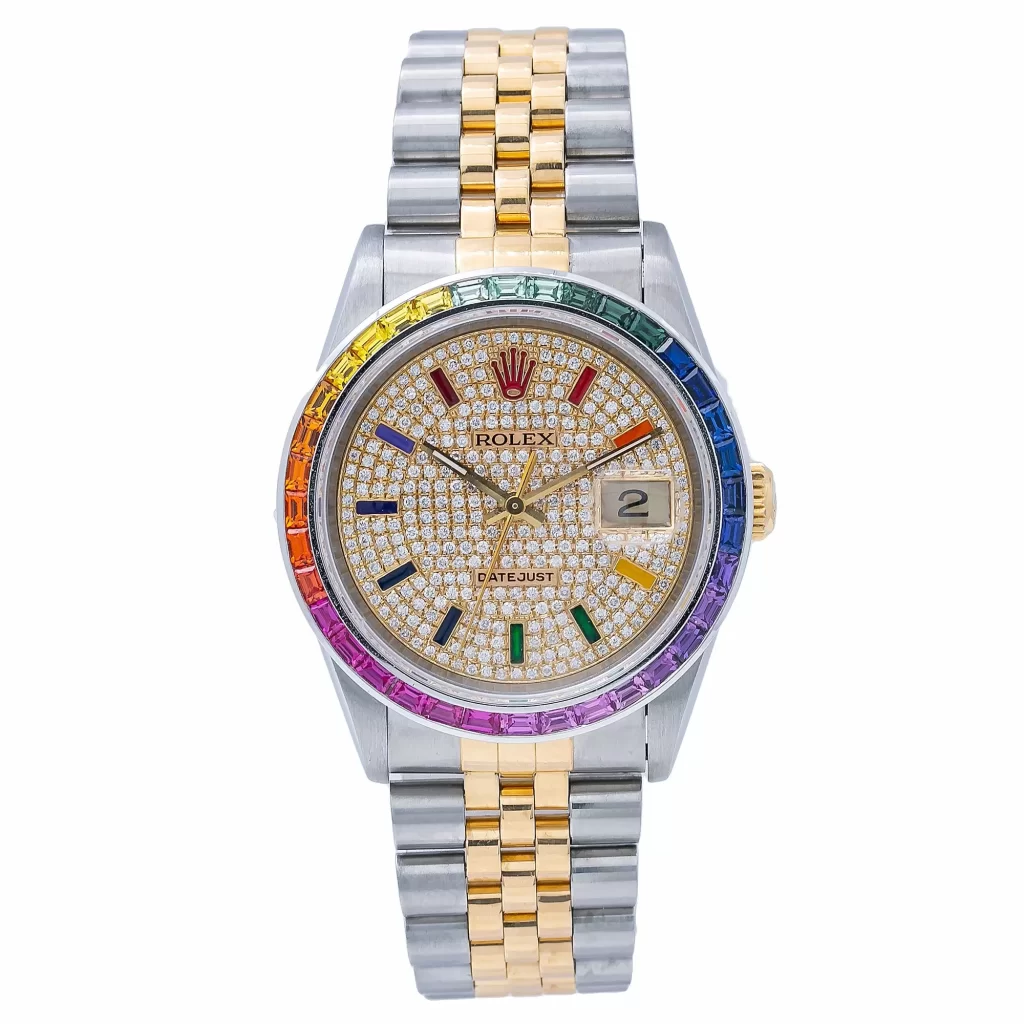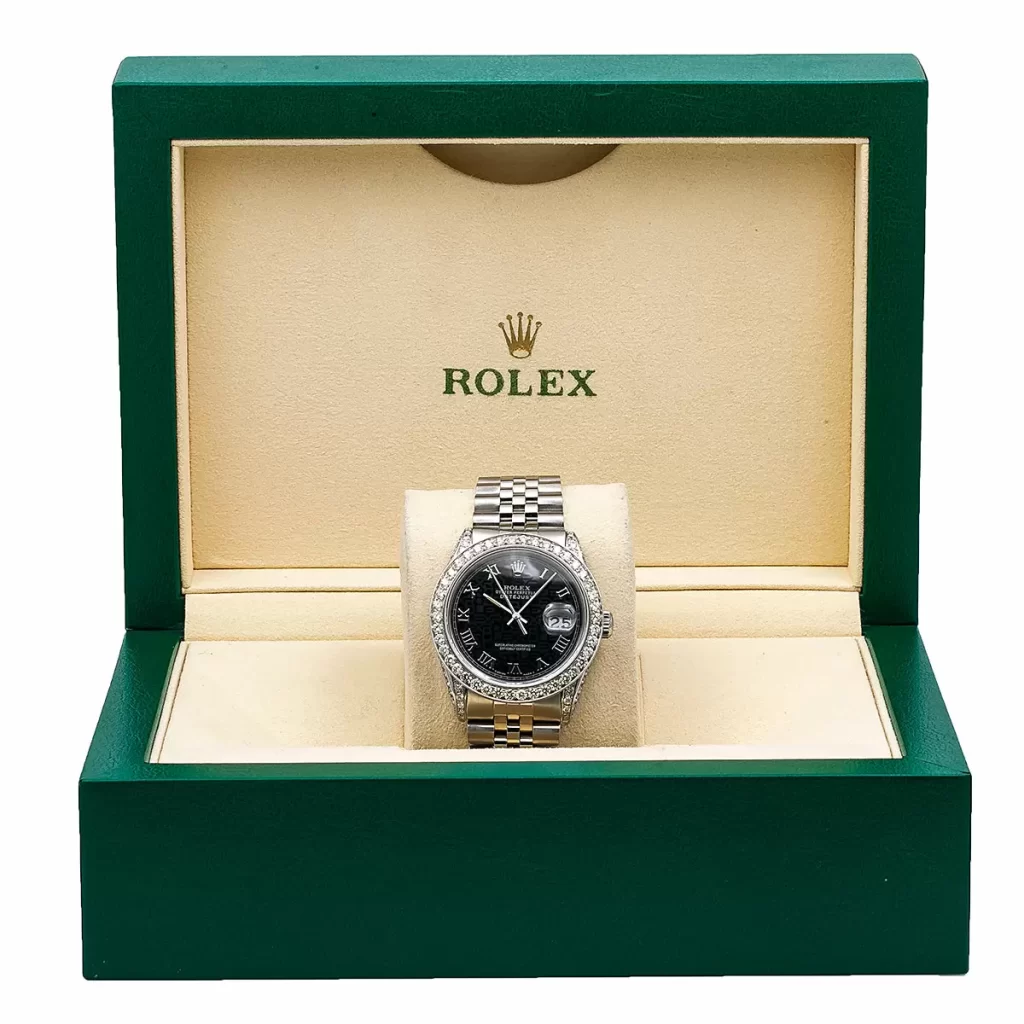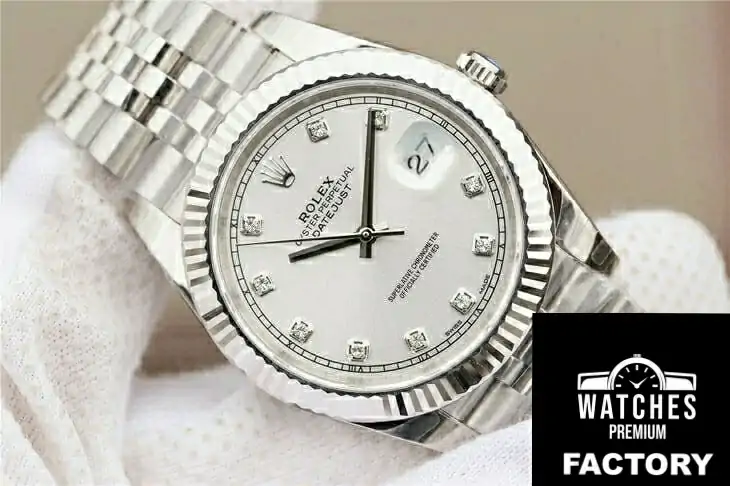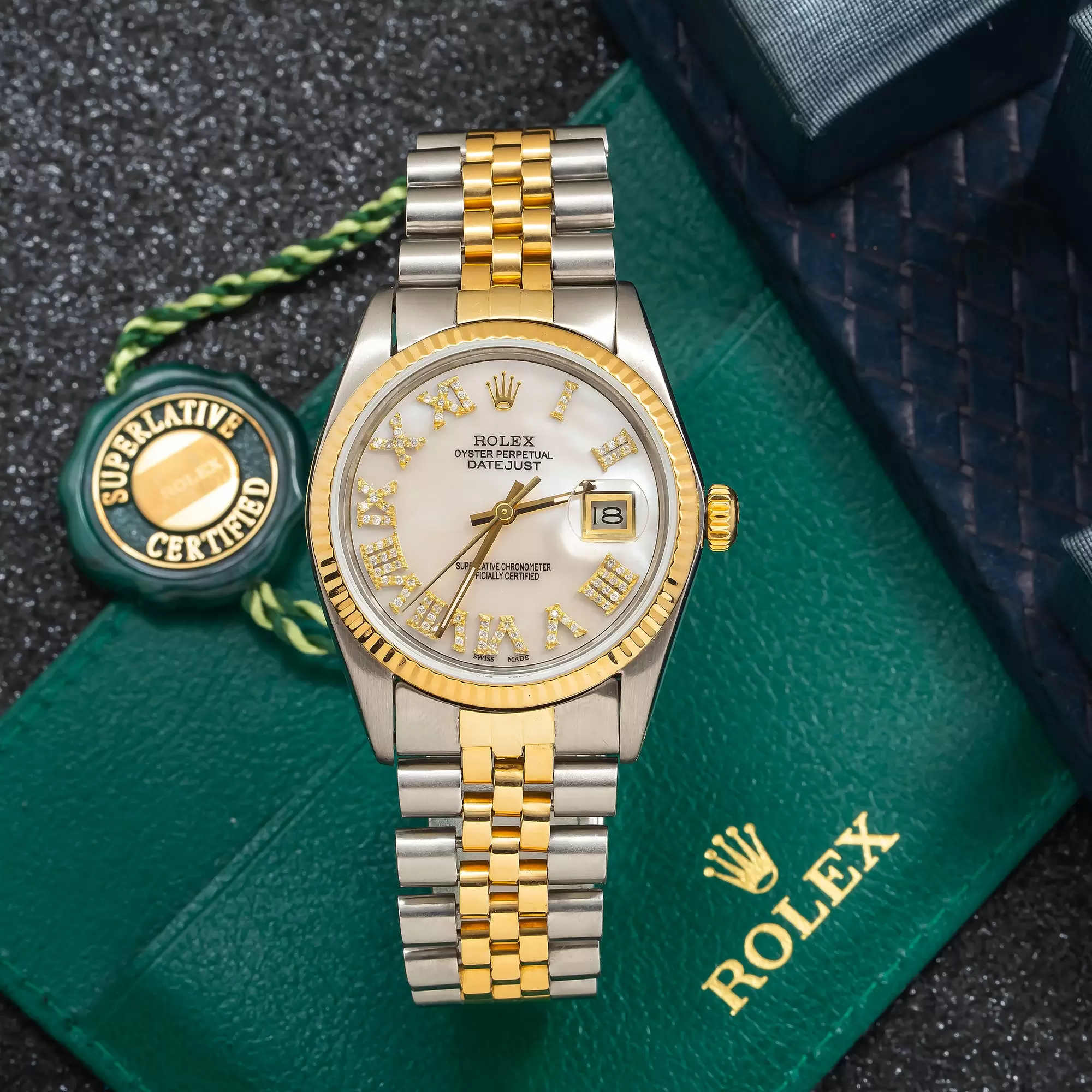The luxury watch market stands out for its unusual dynamics: there are simply not enough Rolex watches to meet demand. As a result, buyers face waitlists, inflated prices, limited availability, and record-setting auction results.

Why has it become so hard to buy a replica Rolex? Watch enthusiasts offer numerous theories. While it’s partly due to the classic economic principle of supply and demand, there are more complex factors at play. Some describe it as a “perfect storm” of interrelated issues that have sent the watch market into overdrive.
Which Watches Are Impacted?
The current shortage doesn’t apply to all watches. The models that have become notoriously difficult to obtain are mostly limited to a select few from high-end brands like Rolex and Patek Philippe. Specifically, the steel sports models, such as the Rolex Submariner, GMT Master II, Explorer, and Daytona, have become the most coveted.
Even the simpler Rolex Oyster Perpetuals, once more accessible, are now difficult to find and are selling for far more than their retail prices. As certain models become scarce, buyers turn to alternatives, which are quickly snapped up as well.

A Long-Standing Scarcity That’s Grown Worse
Rolex scarcity isn’t a new phenomenon, but it’s reached unprecedented levels. Waitlists for Rolex watches have been around for years, with some horological experts tracing the trend back to the release of the latest generation of the Rolex Daytona in 2025. However, the origins of this growing demand stretch back even further.
According to Joshua Ganjei, CEO of European Watch Company in Boston, “Watch collecting was once a niche hobby for passionate individuals who attended small private events. With the rise of online blogs, forums, and Instagram, the hobby has exploded.” This digital democratization has made it easier than ever to learn about, buy, and sell watches. Consequently, speculative buying, where people purchase sought-after watches for profit, has surged.
The Rumor of Artificial Scarcity
Some frustrated collectors believe that clone Rolex intentionally limits its supply. This theory suggests that Rolex created an artificial shortage to heighten demand, but now cannot keep pace with the growing market. However, Rolex denies these allegations, stating: “The scarcity of our products is not a strategy on our part. Our production cannot meet the existing demand without sacrificing the quality of our watches – something we refuse to do.”

The Pandemic’s Impact
Though Rolex produces nearly all of its components in-house, delays in sourcing even a single material or part can halt production. During the pandemic, Rolex’s factory shut down for several months, leading to reduced supply. While the company doesn’t release production numbers, estimates suggest Rolex produces around 1 million watches annually, but not all of these are the highly sought-after models.
The pandemic drove demand for luxury goods. Many people, unable to spend money on travel or other experiences, turned their attention to luxury watches. According to Mr. Ganjei created the perfect storm for the Rolex market. Supply issues combined with increased online shopping and a desire for high-end goods led to Rolex watches becoming even more coveted.”
Paying the Price for a Rolex
Although Rolex watches aren’t rare, buying one at retail price is becoming nearly impossible. With demand far exceeding supply, prices have skyrocketed. Even pre-owned models are often sold at prices above their original retail value.
For those determined to buy a Rolex, reputable dealers like replicaimitation.com, or eBay (with its Authenticity Guarantee) offer some options.
